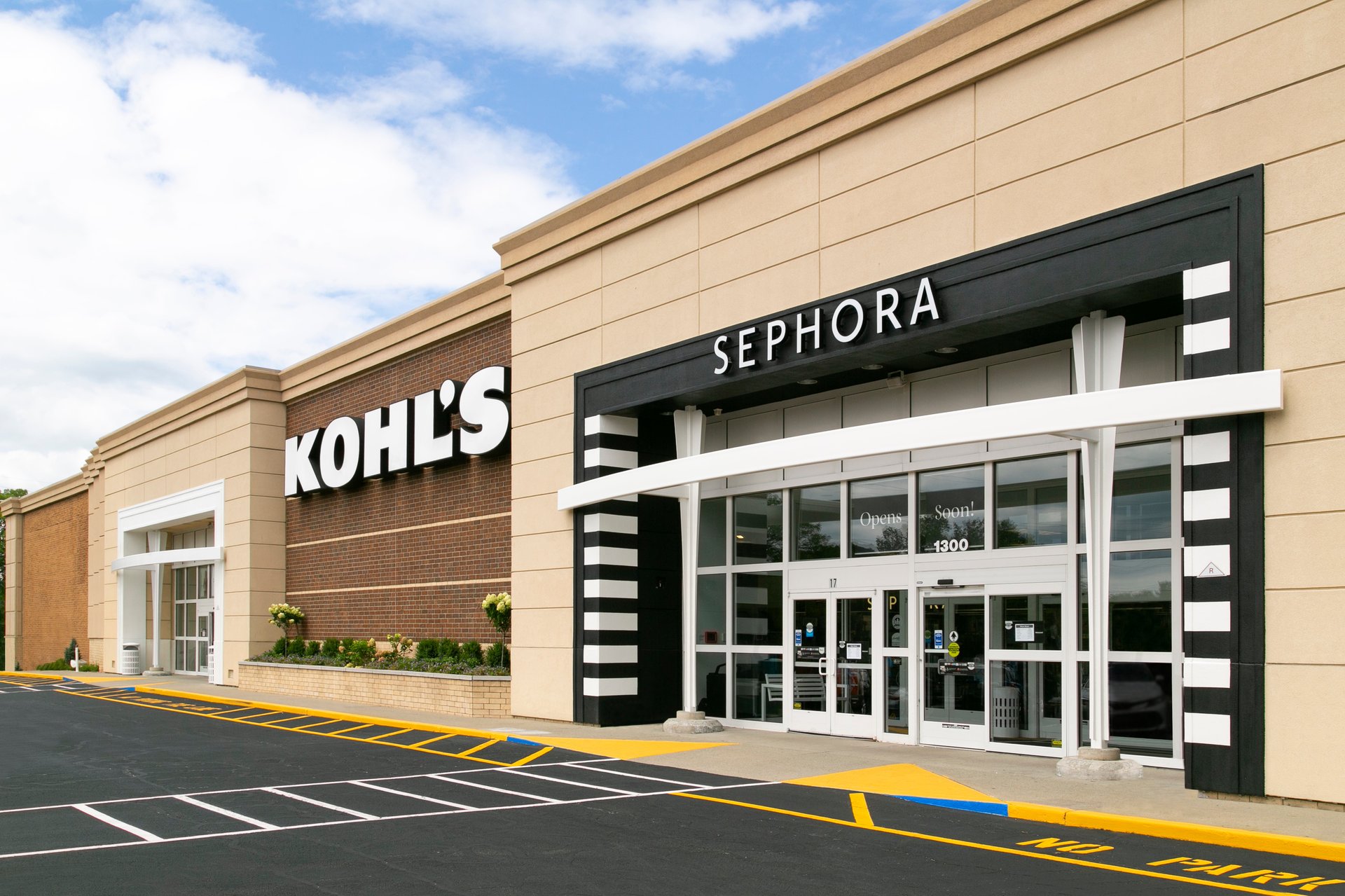Can expensive cosmetics save the big-box retailer?
Big-box retailers’ love affair with beauty is growing deeper by the day.


Big-box retailers’ love affair with beauty is growing deeper by the day.
On March 7, Walmart announced a partnership with British beauty retailer Space NK to launch its premium products at nearly 250 stores and Walmart online this summer. It’s the third major tie-up between a mass retailer and high-end beauty company in the last year. Last August saw the launch of both Ulta at Target and Sephora at Kohl’s.
The shop-in-shop format is proving to be a popular formula for retailers as they try to win over customers. Beauty products help big-box retailers increase foot traffic because shoppers value the ability to check the undertone of a lipstick or the texture of a skin serum before buying. Retailers hope that once customers are in the store, they will pick up items from other aisles.
It also attracts young shoppers with money to spend—a demographic that department stores have struggled to appeal to—without putting off existing customers. An $80 luxury face cream couldn’t be considered cheap but compared to a luxury purse or dress, which can range in the several hundreds or thousands of dollars, it’s affordable.
In return, the beauty retailers get massive distribution with relatively little outlay. Target expects to eventually have Ulta at 800 of its locations or just under half of the its network, up from around 100 locations now. Kohl’s is also quickly scaling Sephora, saying it would expand it to at least 850 stores, nearly two-thirds of its network, from the initial rollout of 250. Kohl’s also said it expects the Sephora partnership to generate $2 billion in sales by 2025.
JCPenney’s failed Sephora venture
The strategy is not a guaranteed win, though. Sephora first tried this kind of partnership by opening locations inside JCPenney back in 2006, striking a larger partnership three years later. While the business seemed to work for a time, the two sides had an acrimonious split last year when Sephora hopped over to Kohl’s, ending the deal.
Even pre-pandemic, Sephora was unhappy with JCPenney because of its unfocused merchandise selection, aging stores, and struggle to formulate an e-commerce strategy. Not long after the coronavirus emerged, the retailer filed for bankruptcy.
JCPenney customers ended up being too value-conscious. To replace Sephora, JCPenney began offering products at lower prices. “Our customer told us they wanted a broader assortment of brands at different price points,” a spokesperson for JCPenney said at the time.